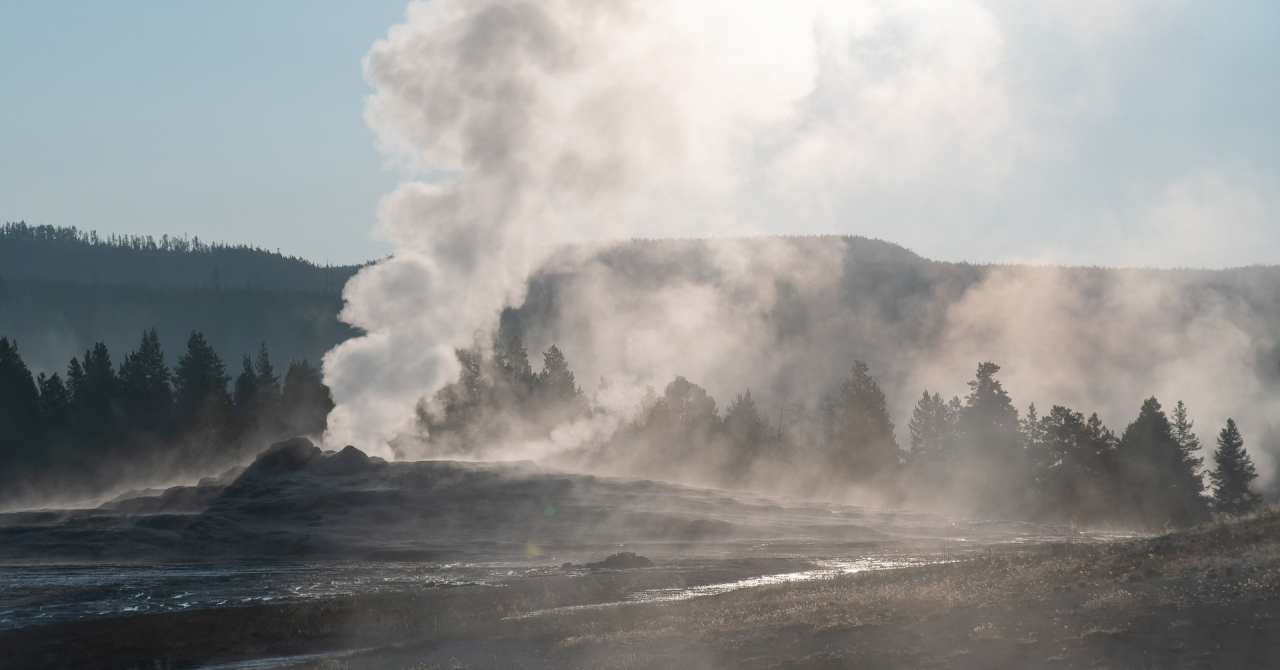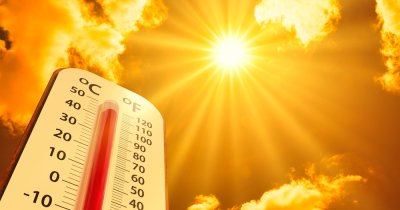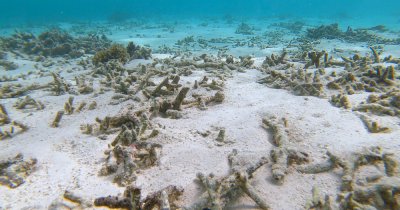According to ARPA-E, quoted by The Next Web, if we would use 0.1% of the Earth's energy we would provide all human power needs for 20 million years. Geothermal is reliable, renewable and it doesn't generate greenhouse gasses. And we can see it in action in Iceland.
Also, geothermal energy has a minimal footprint on Earth, versus wind or solar energy that have an important footpring above ground. The Next Web spoke to some experts in the field of geothermal energy from the Dutch TNO Institute, who explained some of the techniques that could be used.
Traditional geothermal energy
Traditional extraction and usage of geothermal energy can be seen in Iceland, New Zealand and Indonesia. It uses high-temperature sources to transport energy for heating purposes. But there is more.
There is a technique called Enhanced Geothermal Systems, or EGS. They do not necessarily make use of existing geothermal wells. But they create artificial wells by drilling holes, pump down cold fluid through those holes and extract hot fluid from them for generating electricity or heat.
Challenges
One of the challenges for this technique is finding a good place to make a hole.
Secondly, drilling to a depth where it's hot enough is expensive. Drills waste away and the well has to be stabilized to not collapse.
Thirdly, once the hole is dug, the energy needs to be utilized, which requires infrastructure. Geothermal is extracted usually by pumping cold water down the hole and pumping warm water up to turn into electricity or use as heat.
Nowadays, Netherlands, some areas in France and Germany, are already using shallower holes to heat up water for homes and agriculture. In 2020, the Netherlands extracted over
6 Petajoules of heat from EGS geothermal wells. This would be enough to heat almost 120,000 homes for a year.
The Dutch government hopes this capacity can be expanded to a quarter of the country’s demand for heat in 2050, although that would require a significant increase in the number of new wells being drilled, according to Frank van Bergen of the Rijswijk Centre forSustainable Geoscience at TNO.
Another solution is used by the Slovakian company GA Drilling, which is developing a technique that uses plasma to vaporize rock on the way down. Theoretically it can be used for holes up to 10 kilometers deep. The company will soon be testing its technoogy to drill the deepest geothermal well in a mine in Finland.
Radial Drilling, a Dutch company, has developed a technique that uses high-pressure water jets to drill horizontal arms outward from an existing well, for up to 100 meters.
Just this February, an MIT spin-off company called Quaise received a lot of attentionfor announcing it would be using a directed energy beam to drill down around 20 kilometers below the surface. Temperatures there are expected to be in the region of 500°C, which would allow for efficient extraction of heat, thanks to the really cool properties of so-called supercritical water.
The Canadian startup Eavor developed a closed system that basically drills out a huge subterranean radiator to pick up heat. Their system drills down vertically to around 3,000 meters, then drills horizontal holes that are a few kilometers long before going back up again. Effectively, it’s shaped like a radiator.
The biggest companies are supporting this shift
BP and Chevron are investing in such projects. Eavor received funding from the venture arms of those companies. In the continent, 50% of total residential and commercial energy demand is for heating, rather than electricity.
Estimates on how much of Europe’s power could be provided by geothermal sources range from 4% to 12.5%.
A 2020 European Commission report concluded that, “with today’s technology, 25% of the European population can cost-effectively deploy geothermal heating.”
 Vlad Andriescu
Vlad Andriescu












Any thoughts?